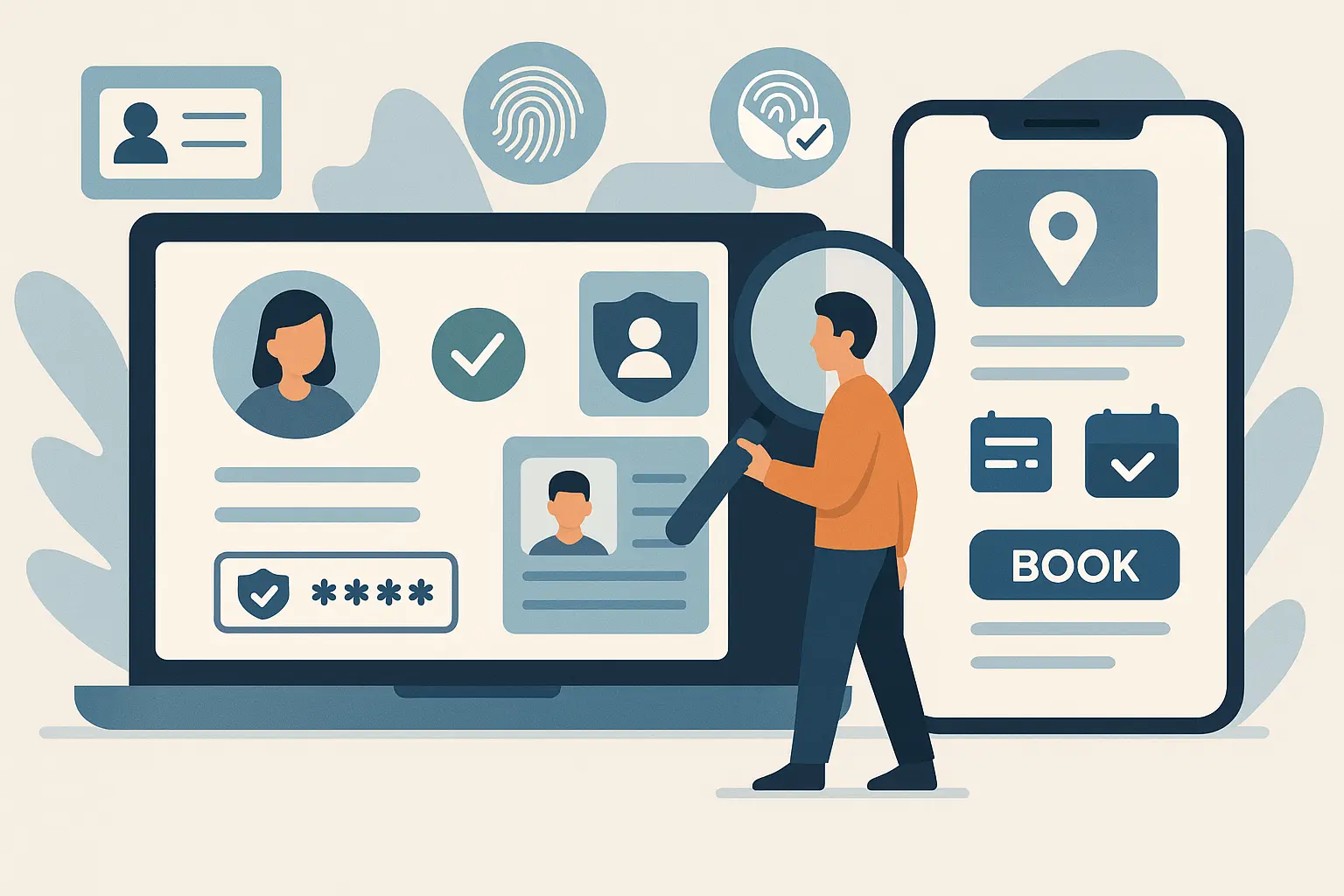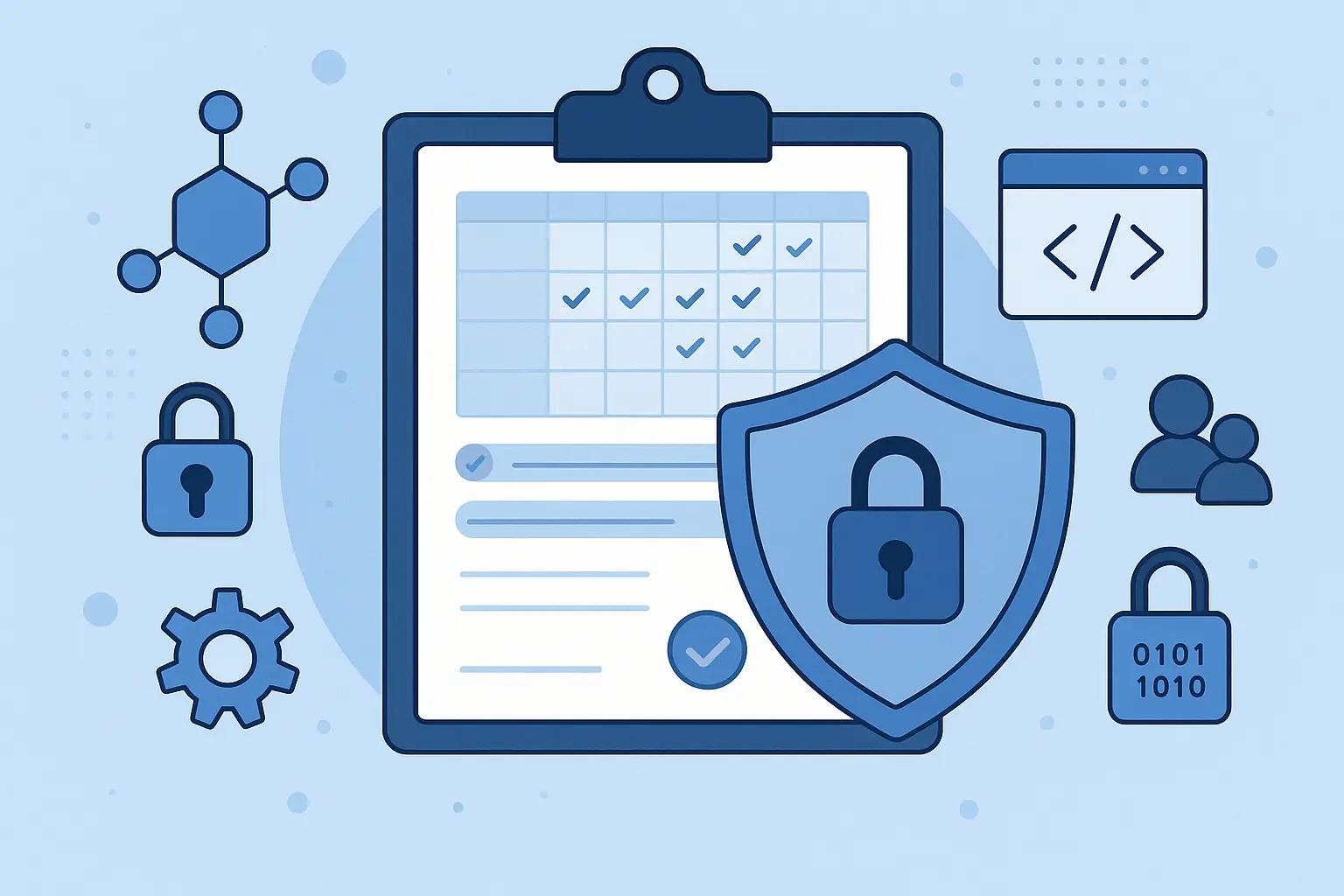In order to make someone an offer they can’t refuse, you need to start by knowing what they want. This is the customer information, and there are two ways to get it: legal and illegal. The legal way to do things is to ask them for consent and use methods that are legal to extract the information that you’re legally allowed to have.
Once you take this information, you become responsible for their safekeeping. It’s not just the government that keeps you responsible (along with its many regulatory bodies); it’s the customers, as well.
Needless to say, data privacy and cybersecurity are the keys to safeguarding this customer information, and here’s how you can improve this system in your organization.
1. Craft a Solid Privacy Policy
The first thing you need to focus on is transparency. Gathering customer data is a standard business practice and a necessity in the digital world. You’re allowed to gather customer data; you just have to be transparent about this. For this purpose, you need a solid privacy policy.
So, what is a privacy policy?
- First, you need to start by mentioning the types of information that you collect. For the sake of cybersecurity, you should abide by the principle of data minimization. This means that you need to collect only the bare necessities. This way, you’re exposing yourself to less risk, and your customers will have an easier time disclosing information.
- Second, you need to explain the process of gathering this data. If you’re using cookies (of course you are), you need to be transparent about this and share it with your customers.
- Third, you need to give them instructions on how they can opt out. Sure, asking for explicit consent is better and (in some regions) even a requirement; however, you also need to inform your customers on how they can opt out if they change their minds.
Once you have a great privacy policy, you’re already halfway there to create a reliable system. This is what you need: a systemic approach to the problem, not a sporadic one.
As a business, you need to create a consistent set of rules but also be prepared to change these rules when the conditions change. New regulations, tools, and even market trends may mandate a change sooner than you expect.
2. Balance Between Personalization and Privacy
To create an optimal customer experience, you need a lot of data. Fortunately, with the emergence of AI tools, you no longer need as much as you used to. This means that AI analytical tools can draw insights even from very few data sources.
This makes it so much easier to minimize your data collection. For instance:
- You no longer need excessive personal identifiers. There’s no benefit to asking for their social security number, passport number, etc. Modern AI-driven KYC (know your customer) methods are quite reliable, which means that they can be used to verify the age of your users even without asking them to overshare.
- Detailed location data sounds relevant, but just think about it, do you really need their home address? If they want a delivery, they’ll give it to you anyhow but for the sake of statistics and marketing, you can just get their region, city, or neighborhood.
- Let’s face it: you just need one contact information. Excessive contact information sounds like an amazing opportunity for multi-channel marketing; however, it can also be quite a liability. Why not keep it simple and stick to their email, social media contact, or phone number?
These are just some of the boilerplate information types that you can safely avoid, but every industry has a different list. For instance, shoe size is essential to providing a service if you’re in the footwear retail industry. In most other fields, it would be completely redundant.
This means that you’re the one who’s supposed to figure out which of these metrics are relevant and affect your ability to provide a quality service to your audience.
3. Try to Predict Potential Vulnerabilities
In theory, a threat can come from everywhere, and hackers definitely thrive on angles that business owners and cybersecurity app developers are unaware of. At the same time, there are some areas that are clearly more exposed to external threats and attacks.
Some of these threats are:
- API abuse: So, what is API abuse? The simplest answer is that it’s the exploitation of the API (application programming interface) that will allow the provider to gain unauthorized access to data, functionality, or services. This can come down to excessive data exposure, broken authentication, and even rate-limiting issues (leading to service disruptions).
- Cross-site scripting: Sometimes, the browser is the weak point in your online business presence. This means that a malicious third party could potentially inject a malicious script, steal cookies (filled with customer data), get their hands on session tokens, or even get a glimpse into any data that the browser is currently holding.
- Distributed denial of service (DDoS): In theory, every site has a limit to the number of customers they can service at the same time. This is usually not an issue since even the best of businesses aren’t always working at their peak capacity. Well, if a malicious third party sends a bot horde to act as customers, your site might get overwhelmed and rendered temporarily unavailable.
By predicting these problems, you can develop measures that will effectively prevent them. You don’t even have to prevent them with 100% reliability (which is impossible, to begin with). All you need to do is make your system more resilient to them and have a great incident response plan. Following an incident response plan example will improve your plan, aligning it with best practices and the latest trends to ensure your team can act swiftly and effectively when disruptions occur.
4. Pressure-test Your System
You’ll never know just how secure your system is until you see it in action. The problem is that most of the time, this is too risky, and you’re putting so much on the line. Instead, you need some tools for penetration testing and a capable team to see the process through.
We’re talking about a breach and attack simulation. This is the closest thing you can come to an actual attack in a simulated environment, and it’s, by far, the most reliable way to discover any vulnerabilities or flaws in your cybersecurity system.
The reason why a lot of people are unaware of this concept is the fact that it’s also referred to as ethical hacking or white hat hacking. This means that someone with a toolset and a skillset of a hacker is using their hacking ability for good. They make their best effort to exploit your system not for any kind of personal monetary gain but for the sake of pointing out the flaws so that you can fix them.
You start with a plan and a scan of the system. Sometimes, there’s a specific vulnerability that you want to check for, but at other times, you might just want to see if there are flaws in the system that you’re completely unaware of.
Then, they try to gain access and point out how they’ve done it and how it can be done.
Lastly, you have the analysis stage and the reporting stage. Specific vulnerabilities that are exploited, the types of sensitive data that were available, and, most importantly, the time they remain undetected.
5. Always be on Your Guard
The most important thing to understand is that you can never afford to lower your guard. First, you need to keep in mind one thing – the concept of zero-day threats implies that there are new threats every day. This means that even if your system is completely impenetrable (which no system is), this was true for yesterday, but today is a new day.
Second, you need to keep your apps, plugins, and extensions in check. You want them updated at all times, which will help you immensely when it comes to keeping things protected. Legacy systems are always filled with vulnerabilities, and outdated protocols can leave networks exposed – which is why enabling automatic updates and implementing strong network access control measures is essential, along with manually checking for any due updates.
Rules and regulations change, and some of these changes could make you readjust your strategy. Soon, you might find out that you’re no longer allowed to collect some things you previously believed you could freely collect. You may have to change the way that you previously asked for consent, etc.
The thing is that these problems are scalable. You see, year-over-year, the average cost of a data breach increased by 22%. This means that even if you didn’t pay as much attention to these problems before, you have to do it before things get out of hand even further.
Most importantly, there are new cybersecurity trends out there on a regular basis, and the sooner you learn of them, the sooner you will prepare a contingency response.
Conclusion
Data privacy and cybersecurity are the two issues that every business has to resolve; the sooner, the better. Ultimately, this is a problem that you’ll have to deal with sooner or later.
You need to collect data and you need to stay out of legal trouble (not to mention avoiding a potential PR disaster of leaking sensitive customer data). The above-listed five methods should help get you on the path to solving these issues once and for all.








